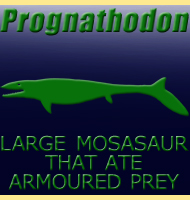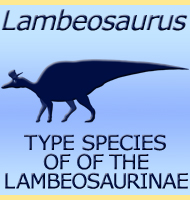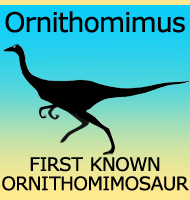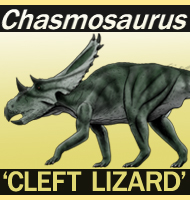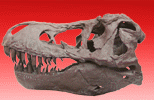


Chupacabrachelys
Name:
Chupacabrachelys
(Chupacabrach shell).
Phonetic: Chu-pah-cah-brah-chel-iss.
Named By: Thomas M. Lehman & Steven L.
Wick - 2010.
Classification: Chordata, Reptilia, Testudines,
Pleurodira, Bothremydidae.
Species: C. complexus
(type).
Diet: Omnivore?
Size: Shell roughly about 40 centimetres long.
Known locations: USA, Texas - Aguja Formation.
Time period: Campanian of the Cretaceous.
Fossil representation: Partial remains.
Chupacabrachelys
is a genus of side-necked turtle known to have lived in what is now
Texas during the late Cretaceous. As a side necked (pleurodiran)
turtle, the head would not have retracted under the shell, but
rather folded back under the side. Further to being a pleurodiran,
Chupacabrachelys is also a bothremydid turtle,
and so far
bothremydids seem to have frequented freshwater. At the time of the
description of the genus, Chupacabrachelys was
recognised as one of
the most complete bothremydid turtles so far known.
Chupacabrachelys
was named after the internationally famous cryptid Chupacabra that in
modern folklore is famed for attacking and sucking the blood out of
animals such as goats and chickens.
Further reading
- Chupacabrachelys complexus, n. gen. n.
sp. (Testudines:
Bothremydidae), from the Aguja Formation (Campanian) of West
Texas. - Journal of Vertebrate Paleontology 30(6):1709-1725.
- Thomas M. Lehman & Steven L. Wick - 2010.
----------------------------------------------------------------------------
Random favourites
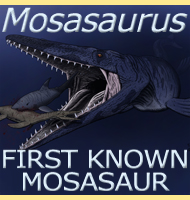 |
 |
 |

